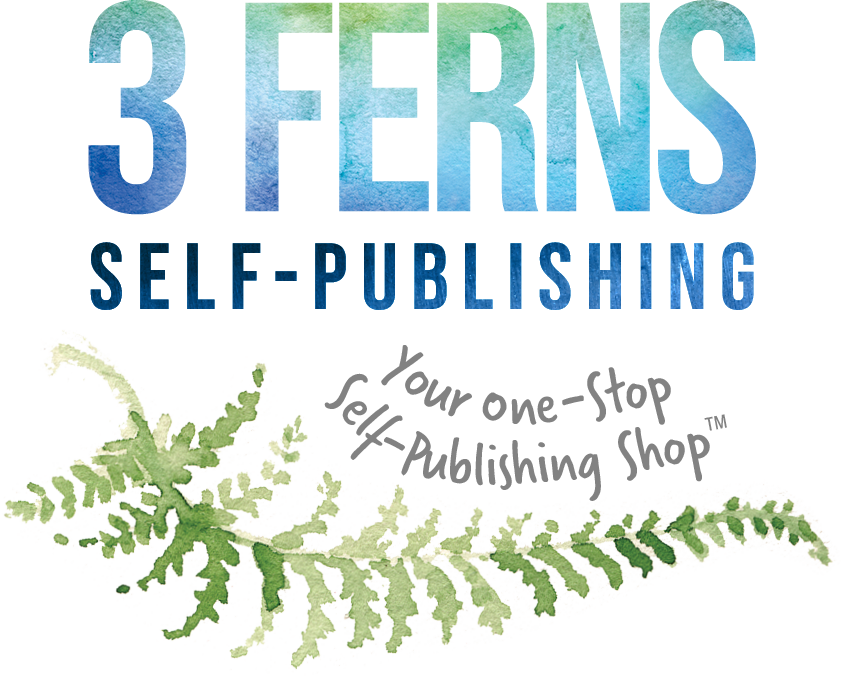As a self-published author, or an aspiring one, you’re likely exploring ways to get your book out there. The vast array of options and resources can be daunting, leaving you wondering where to even start.
In this article, we will explore some of the options available in the publishing space to help you understand what some publishers use to get their books distributed. Companies like Amazon offer several programs to manage distribution and sales, including Amazon Advantage, Seller Central, and Kindle Direct Publishing (KDP).
While Amazon Advantage isn’t necessarily ideal for self-published authors, it’s important to understand the different options available. In this article, we talk about Amazon Advantage and compare it with other Amazon programs, giving you a better understanding of available options out there.
What is Amazon Advantage?
Amazon Advantage is a consignment program aimed at publishers and producers of physical media like books, music, and videos. Here’s how it works:
Order Fulfillment: Once under Amazon Advantage, your inventory becomes part of Amazon’s stock. Amazon handles order fulfillment, shipping, and customer service. Essentially, it is an Amazon item. A book, for example, would ship with Prime’s free two-day shipping if the customer is an Amazon Prime member. You are responsible for initially shipping your inventory to Amazon warehouses.
Fees and Payment: Choosing Amazon Advantage would run you $99 annually. For each item sold, Amazon pays you 45% of the list price.
Amazon Visibility: With Amazon Advantage, the company will promote or feature your product on their site. People will not necessarily need to search for it, it will become easily visible all over the Amazon site. However, Amazon retains control over the pricing of Advantage items.
Exploring Amazon Seller Central
Amazon Seller Central, or also called Marketplace, provides a more hands-on approach compared to Amazon Advantage. Here’s what you need to know:
Order Fulfillment: With Seller Central, you are responsible for shipping books directly to customers when an order comes in. There is also an option to use Fulfillment by Amazon (FBA) where you ship inventory to Amazon’s warehouses and they handle fulfillment and shipping when an order is placed.
Fees and Payment: Seller Central offers two plans:
- Individual Plan: $0.99 fee per item sold, plus a 15% referral fee and $1.80 closing fee per book. Amazon provides reimbursements for shipping costs.
- Professional Plan: $39.99 monthly fee, plus the same 15% referral and $1.80 closing fees per book. Shipping reimbursements also apply.
Amazon Visibility: Customers will need to search for your book on Amazon and you will be marked as a third-party seller. Some people may see this as a disadvantage, but that’s really up to the buyer’s perception. The upside of using Seller Central is that you can control the pricing of your books, ensuring consistency with other sales channels.
Try out Kindle Direct Publishing
What about Kindle Direct Publishing? KDP is Amazon’s self-publishing platform for Kindle e-Books, paperbacks, and hardcovers. Here’s how it differs from Amazon Advantage and Seller Central:
Print or Digital: KDP finds its strength in publishing e-Books and print-on-demand books. This is a little to no inventory option but does not have the convenience that pre-printed books may have.
Payment and Fees: KDP does not offer any subscription because it takes a percentage of the sales revenue. This percentage starts at 35% and tops off at 70% for e-Books and from 40% to 60% for print-on-demand books, depending on the options chosen.
Order Fulfillment: Under KDP, all of the printing and order fulfillment will be handled automatically by Amazon.
What’s the best option?
For self-published authors, it’s important to know that currently, Amazon Advantage only has a pre-order option for print edition publications while self-published authors can only have Kindle pre-orders.
The way we see it, as a self-published author, these options may not be the best avenues for you to look into. However, if you decide to get your book to a publisher, this option may be more applicable to them.
That said, let’s get into what they have to offer so that you can know, should you choose to continue on your journey of becoming a self-published author or not, for whom these programs might be ideal.
Amazon Advantage: This is perfect for publishers who want to offload inventory and let Amazon handle fulfillment and customer service, but don’t mind a lower royalty in return.
Amazon Seller Central: For the more meticulous type. This is best if you prefer more control over pricing and don’t mind handling fulfillment or paying for FBA. This option provides more flexibility but requires more involvement.
Kindle Direct Publishing: This option is suitable for those focusing on e-Books and print-on-demand books. It offers higher royalty rates and no upfront fees but lacks the immediacy of pre-printed books.
Must-have or Nice-to-have?
Currently, direct sales are also a growing trend, with many authors selling and offering pre-orders on their own websites. By setting up direct sales, you can offer pre-orders and get 100% of the profits, unlike the 60% you get through Amazon or the 10% with a traditional publisher. At 3 ferns, we can help you set up direct sales, allowing you to maximize your profits.
Ultimately, whether Amazon Advantage or any of these options is a must-have or a nice-to-have depends on your specific needs and goals as a self-published author. By understanding the pros and cons of each, you can make an informed decision that best supports your publishing and distribution strategy.
Learn More With Leesa
Whether you’re well into your self-publishing journey or just starting to explore the idea, schedule a complimentary call with Self-publishing Mentor Leesa Ellis today. She’ll help you navigate the path to successful self-publishing.


